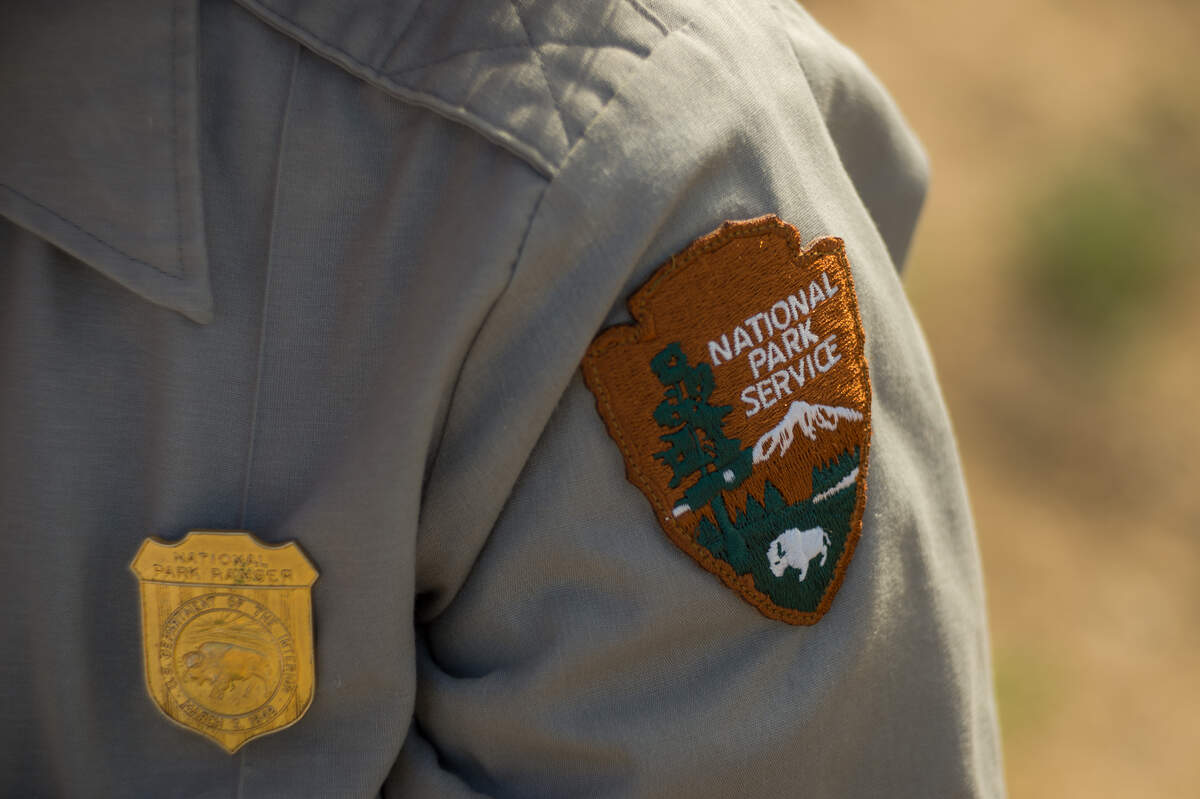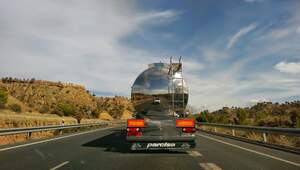

National Park Service Founders Day
The National Park Service was created when President Woodrow Wilson signed the Organic Act on August 25, 1916. The anniversary of its creation is known as National Park Service Founders Day, or simply as Founders Day, and is celebrated by all national parks. They offer free admission and host special programs, both in-person and virtual. The celebration happens to take place during National Parks Month.
According to the Organic Act, "the Service thus established shall promote and regulate the use of the Federal areas known as national parks, monuments and reservations" and their "purpose is to conserve the scenery and the natural and historic objects and the wild life therein and to provide for the enjoyment of the same in such manner and by such means as will leave them unimpaired for the enjoyment of future generations." This is not too far removed from the National Park Service's current mission statement: "The National Park Service preserves unimpaired the natural and cultural resources and values of the National Park System for the enjoyment, education, and inspiration of this and future generations. The Park Service cooperates with partners to extend the benefits of natural and cultural resource conservation and outdoor recreation throughout this country and the world." The National Park Service is a bureau in the U.S. Department of the Interior. It is led by a director who is nominated by the president and confirmed by the U.S. Senate.
The first national park was Yellowstone National Park. It was established on March 1, 1872, with the Yellowstone Act, "as a public park or pleasuring-ground for the benefit and enjoyment of the people." Yellowstone was administered by the U.S. Department of the Interior, as were other early parks and some monuments, while other monuments and historical areas were administered by the War Department and the Forest Service of the Department of Agriculture. When the National Park Service was created on today's date in 1916, it managed 35 parks and monuments. With an executive order in 1933, President Franklin Roosevelt brought 56 national monuments and military sites administered by the War Department and the Forest Service into the National Park Service. This move brought areas of historical, scenic, and scientific importance together. For a new park to be created, there must be an act of Congress. But, on account of the Antiquities Act of 1906, the president can proclaim national monuments on lands under federal jurisdiction.
By the 2020s, there were over 420 national park sites, or units, in the National Park System, covering over 85 million acres of land, located in every state, in the District of Columbia, and in a number of US territories. Collectively they are referred to as parks, although there are many naming designations, such as National Battlefields, National Military Parks, and National Historic Sites. There are also "related areas"—these are not managed by the National Park Service, but "are linked in importance and purpose to places managed directly by the National Park Service by preserving important segments of the nation's natural and cultural heritage." Examples are National Heritage Areas, Affiliated Areas, and trails in the National Trails System. The National Park Service employs about 20,000 people, and has almost 300,000 volunteers! With such an expanse of land in its jurisdiction and so many people involved in the land's preservation, it's apparent that the National Park Service's original goal of conservation for future generations is still being met, and this is celebrated today with National Park Service Founders Day!
How to Observe National Park Service Founders Day
There are numerous ways you could celebrate the day:
- Visit a national park or other location managed by the National Park System. Remember, there is free admission today! If you can't visit in person, you could do so virtually.
- Get the NPS app.
- Check out the National Park Service's "Games and Challenges."
- Read a book about the national parks.
- Watch National Parks: America's Best Idea and read its companion book.
- Learn about the past directors of the National Park Service.
- Volunteer or work for the National Park Service.
- Follow the National Park Service's social media accounts.





















